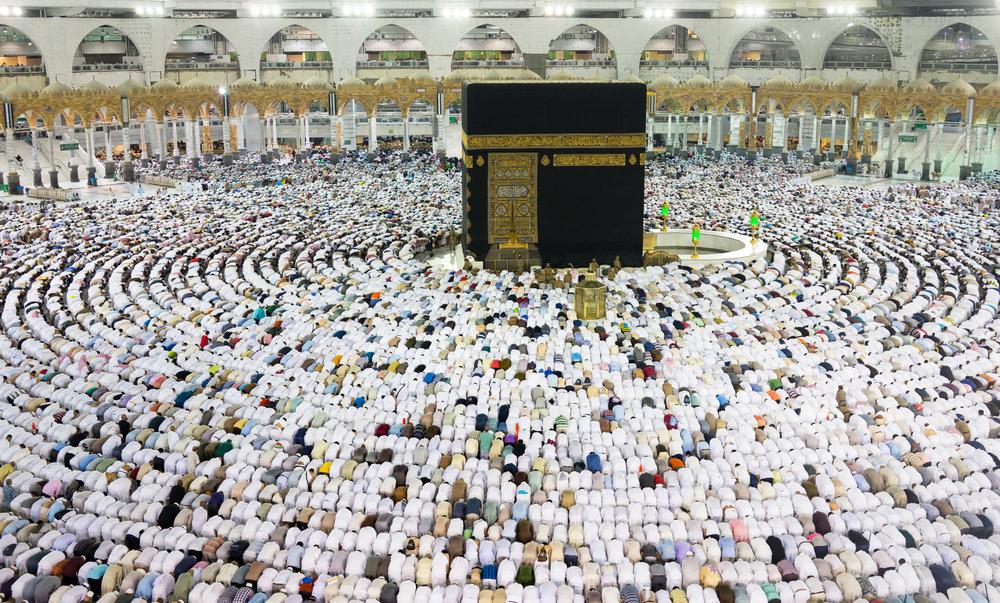The Hajj (pilgrimage)
The Hajj (pilgrimage) is the fifth pillar of Islam. It is fard for every Muslim who is able to perform it. One should, like every other Jard, take it very seriously, because whosoever does not perform any fard will rock the pillars of his faith and religion. In the Noble Quran it is stated about Hajj:

“And Hajj (pilgrimage to Makkah) to the House (Kaaba) is a duty that mankind owes to Allah, for those who can afford the expenses.” (Ali Imran 3/97)

"And complete the Hajj or 'Umra in the service of Allah." (Al-Baqarah 2/196)
The the definition of the term "Hajj" is visiting certain places (like the Kaaba or Mount Arafat) at certain times (the Pilgrimage month) with the certain intention to perform worship (wearing the special clothing for Hajj, the circumnavigation of the Kaaba and the standing at Mount Arafat on the day of Arafat) for the rida of Allah (subhanahu wa ta'ala).
The fard acts of Hajj are performed the day before the Feast of the Sacrifice (i.e. on the day of Arafat) and on the following four days.
During Hajj, one usually visits the following places: In Makkah the Kaaba, Arafat, Mina and Muzdalifah and in Madina the mosque of Rasulullah Muhammad (sallallahu alayhi wa sallam) and his grave.
A special part of the Hajj is to wear the ihram (consecration robe), the seven-time tawaf (circling the Kaaba) the waqfa (to stand and pray to Allah the Most High) on the Mount Arafat, the offering of a sacrifice, and the stoning of the accursed Shaytan in Mina.
The requirements for Hajj
The Hajj is the duty of every Muslim who is:
- free,
- sane,
- baligh,
- and physically healthy and financially able.
If one is financially capable to perform Hajj, but is chronically ill so that he cannot ever perform Hajj he must send another person as a proxy for him on Hajj.
How to Perform Hajj
- The first day of Hajj is the eighth day of the Dhu’l-Hijjah month. This day is also called the Tarwiyya day. On this day the pilgrims travel from Mecca to Mina after the fajr prayer. They remain there until the dawn of the next morning.
- After the fajr prayer of the ninth day of the Dhu’l-Hijjah month, which is called the Arafat day, Muslims go from Mina to Arafat. There they stay until sunset; they merge the dhuhr and the ‘asr prayers together in the dhuhr prayer time and stand for supplication (wuquf).
- After sunset on the day of Arafat, they proceed to Muzdalifah. They merge the maghrib and ‘isha prayers together at the ‘isha prayer time. They remain there until the break of dawn. Then they perform the fajr prayer of the tenth day of Dhu’l-Hijjah and stand for prayer until sunrise (wuquf).
- Then they start going to Mina. Upon arrival there, they stone the first pillar (which symbolizes Shaytan).
- In Mecca, they wait for their udhiyya animal to be slaughtered. After that, they shave their heads and then go to the Ka‘bah to complete the Tawaf al-Ziyarah (the circumambulation of visitation).
- On the eleventh and twelfth days of Dhu’l-Hijjah, the believers go to Mina to stone the three pillars there.
Leave a comment
Your email address will not be published. Required fields are marked *

